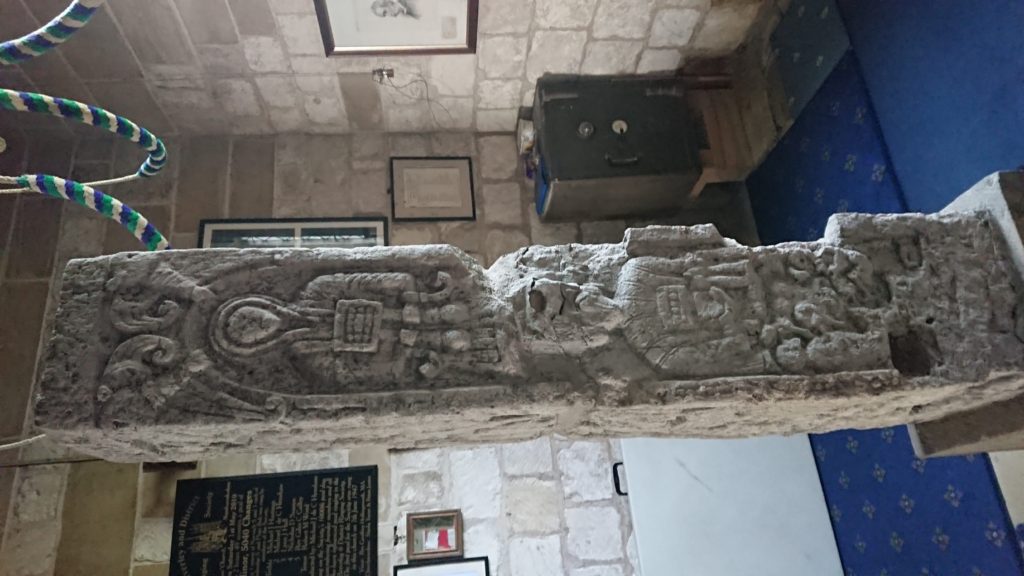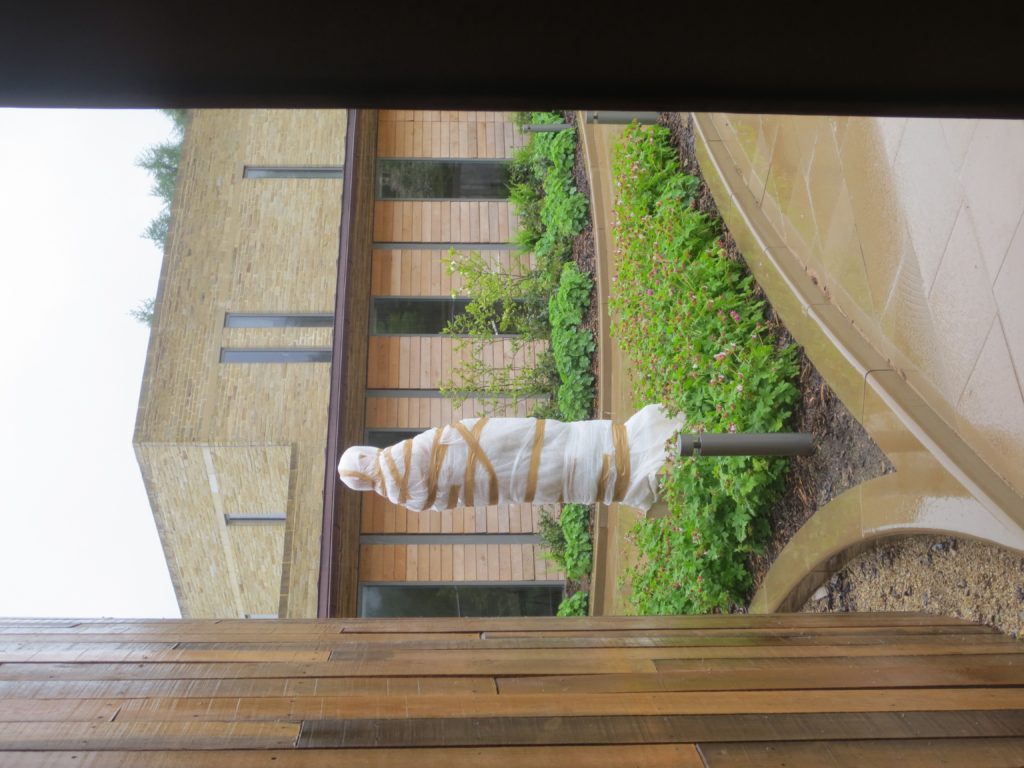Dear Benedict,
I’ve been interested to read how your Rule first came to Britain. It is thought to have been bought here at the end of the 6th century by Augustine of Canterbury. I find this interesting because some call Augustine’s mission the ‘Christianising’ of England, which is clearly wrong. It might have been a further wave of Christian missionary activity, but it wasn’t the first. In fact the names of the first Christians in Britain are unknown to us, just as you might expect.

So it’s possible that your Rule was bought here by someone else, but Augustine got the credit. It seems that he wanted religious houses in England to use the Rule and it was promoted for men and women to use in monastic communities. I’ve been reading a sample of a book concerning the activities of Benedictine Women during the Middle Ages. Product of a great deal of scholarship I’ve only read the sample but it is fascinating. The author, Katie Bugyis, has looked at many manuscripts from the Middle Ages to support her finding concerning the kind of ministries women were practising during that period.

I mention it in relation to chapter 65 of your Rule, another essential read about community leadership. Bugyis suggests that your Rule wasn’t fully adopted by women’s monastic houses in England until the 10th century, and that a feminised version was promoted to make it more applicable to these Abbeys. I’d love to see that.
Her main findings are about the sort of roles women had during this period: reading the Gospels liturgically, hearing confession and offering intercessory prayers are the ones she explores in detail. My heart was joyful: once again we find that women were doing these things and they have been forgotten or covered up or negated in some way. Of course my heart also sinks that power was abused in ways that robbed women of leadership roles then and now. It’s not something I am at peace about.

Chapter 65 refers to the communal need for the ‘preservation of peace and love’ being the foundation of the way in which Abbott or Abbess shall lead the community. Unfortunately, those outside the walls were the ones to determine, too often, what some of those gender based activities might be, and such discrimination is still limiting some interpretations of the ministries of women.
As we approach the season of the Nativity, it’s a time to pray again for a wider understanding of ministry of women. I think of the times when women have ‘given up’ ministries for ‘the peace of the church’. Good thing Mary never gave up pushing for the incarnation.
From the remembered gospel: Jesus said: ‘It’s peace I leave with you, but it’s not like the world’s peace’.
Help me to keep pushing for justice.
From a Friend of Scholastica and a Member of the Lay Community of St Benedict.

